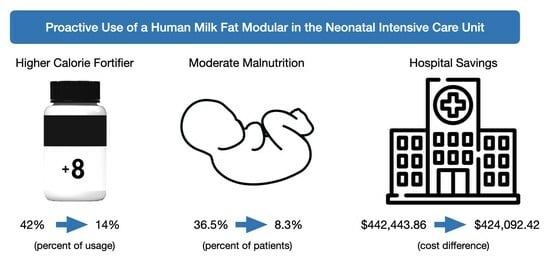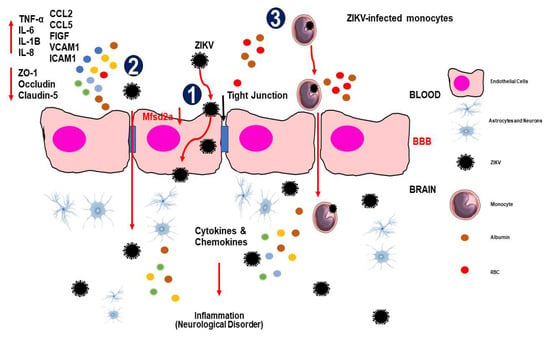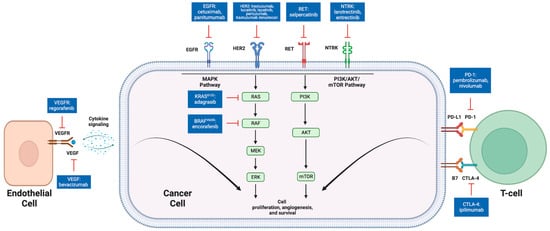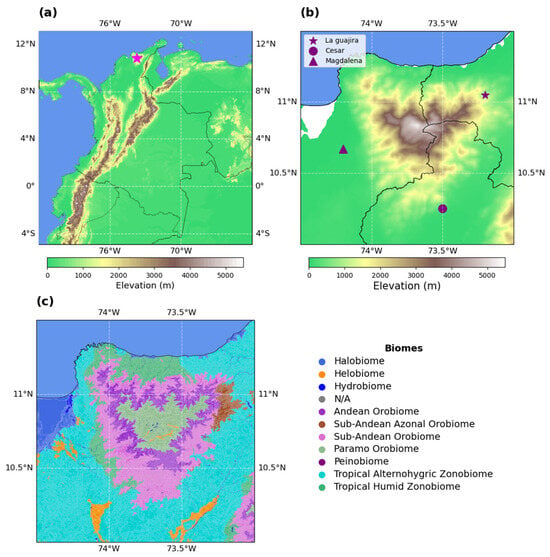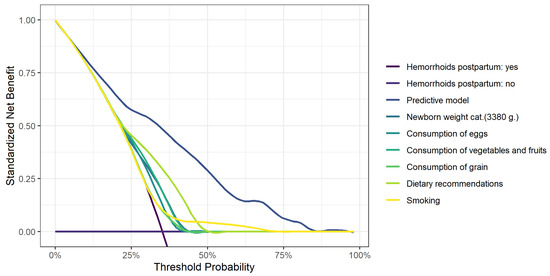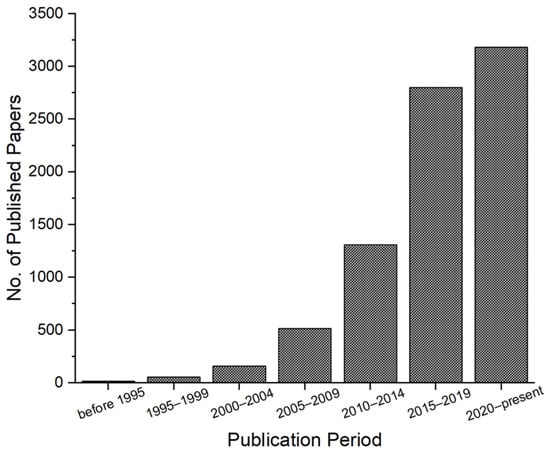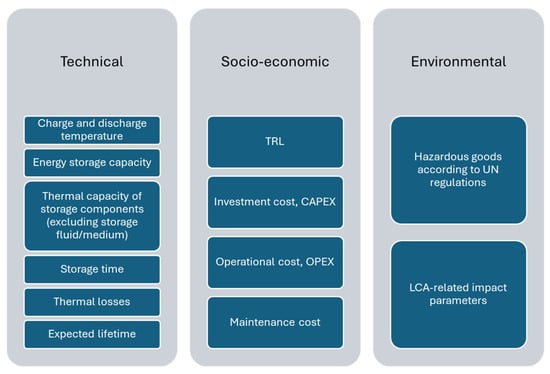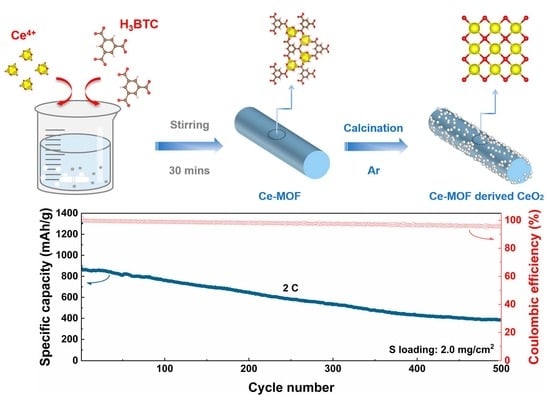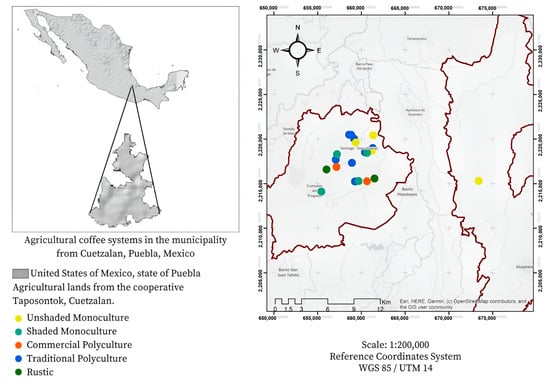The mushroom agroindustry generates a huge amount of waste from mushroom production (WMP). The composition of WMP is not standardized but differs mainly in terms of organic matter (OM) content and OM biodegradability. This makes WMP management, including anaerobic digestion (AD), a significant challenge. A potential solution could be co-digestion of WMP with municipal sewage sludge (SS), especially SS generated in small rural wastewater treatment plants (WWTPs). Therefore, this study investigated mesophilic methane production (MP) from WMP, SS, and mixtures of SS and WMP at ratios of 70:30, 50:50, and 30:70 (
w/
w OM). Even though the maximum cumulative MP from WMP was relatively low (approx. 60 NL/kg OM), co-digesting WMP with SS increased both MP and the methane content of the biogas: with 30%, 50%, and 70% shares of SS, MP increased almost 2, 2.5, and 3.3 times, and the methane content increased to 61%, 62%, and 64%, respectively. As the SS content was increased, the kinetic coefficients of MP and OM removal decreased (from 0.211 to 0.146 d
−1 and from 0.215 to 0.152 d
−1), whereas the initial rate of MP and of OM removal increased (from 12.5 to 36.8 NL/(kg OM·d) and from 0.51 kg OM/(m
3·d) to 0.59 kg OM/(m
3·d), respectively). The effectiveness of OM removal (E
OMrem) was lowest with WMP only, at 46.6%. When the SS content of the mixtures was increased to 30%, 50%, and 70%, E
OMrem also increased to 55.3%, 60.1%, and 64.9%, respectively. The relationship between maximal MP and the overall OM removed was such that both increased simultaneously. The higher values of E
OMrem and, consequently, the lower final contents of OM with more effective MP indicate that the organics were degraded more efficiently. These results suggest that co-digestion may be a profitable solution for simultaneously utilizing both of these waste products, increasing the efficiency of biogas production to such an extent that it would be profitable to conduct AD on mushroom farms. This is a flexible approach that allows varying proportions of WMP and SS to be used, depending on the availability of both substrates and the energy needs of the mushroom farm. However, it should be borne in mind that a higher share of WMP results in lower gas productivity.
Full article
 IJMS
IMPACT
IJMS
IMPACT Applied Sciences
IMPACT
Applied Sciences
IMPACT Sustainability
IMPACT
Sustainability
IMPACT Sensors
IMPACT
Sensors
IMPACT JCM
IMPACT
JCM
IMPACT Energies
IMPACT
Energies
IMPACT Molecules
IMPACT
Molecules
IMPACT Materials
IMPACT
Materials
IMPACT Remote Sensing
IMPACT
Remote Sensing
IMPACT Cancers
IMPACT
Cancers
IMPACT Electronics
IMPACT
Electronics
IMPACT Mathematics
IMPACT
Mathematics
IMPACT Foods
IMPACT
Foods
IMPACT Buildings
IMPACT
Buildings
IMPACT Plants
IMPACT
Plants
IMPACT Nutrients
IMPACT
Nutrients
IMPACT Animals
IMPACT
Animals
IMPACT Polymers
IMPACT
Polymers
IMPACT Water
IMPACT
Water
IMPACT Diagnostics
IMPACT
Diagnostics
IMPACT Biomedicines
IMPACT
Biomedicines
IMPACT Agronomy
IMPACT
Agronomy
IMPACT Microorganisms
IMPACT
Microorganisms
IMPACT Processes
IMPACT
Processes
IMPACT Healthcare
IMPACT
Healthcare
IMPACT Forests
IMPACT
Forests
IMPACT Cells
IMPACT
Cells
IMPACT JMSE
IMPACT
JMSE
IMPACT Medicina
IMPACT
Medicina
IMPACT Viruses
IMPACT
Viruses
IMPACT Agriculture
IMPACT
Agriculture
IMPACT Nanomaterials
IMPACT
Nanomaterials
IMPACT IJERPH
IJERPH
 Land
IMPACT
Land
IMPACT Pharmaceutics
IMPACT
Pharmaceutics
IMPACT Pharmaceuticals
IMPACT
Pharmaceuticals
IMPACT Religions
IMPACT
Religions
IMPACT Biomolecules
IMPACT
Biomolecules
IMPACT Life
IMPACT
Life
IMPACT Micromachines
IMPACT
Micromachines
IMPACT Atmosphere
IMPACT
Atmosphere
IMPACT Antioxidants
IMPACT
Antioxidants
IMPACT Genes
IMPACT
Genes
IMPACT Metals
IMPACT
Metals
IMPACT Symmetry
IMPACT
Symmetry
IMPACT Children
IMPACT
Children
IMPACT Coatings
IMPACT
Coatings
IMPACT Vaccines
IMPACT
Vaccines
IMPACT Horticulturae
IMPACT
Horticulturae
IMPACT Education Sciences
IMPACT
Education Sciences
IMPACT Minerals
IMPACT
Minerals
IMPACT Brain Sciences
IMPACT
Brain Sciences
IMPACT JPM
IMPACT
JPM
IMPACT Bioengineering
IMPACT
Bioengineering
IMPACT




